Effect of pH Alkalinity on Gold Leaching
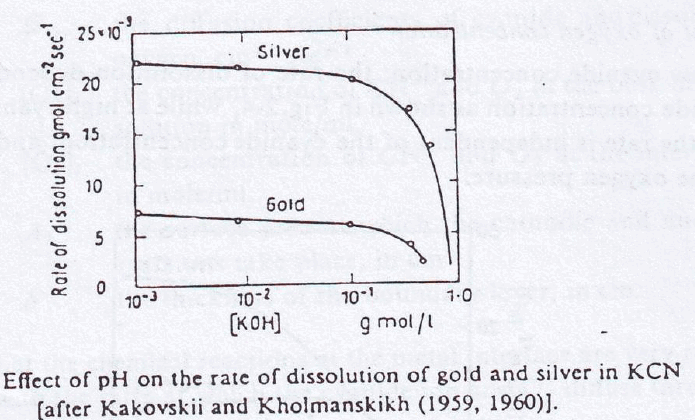
The role pH has in affecting gold leaching rates by cyanide and the functions of calcium hydroxide in cyanidation are as follow: 1. For safety and to prevent loss of cyanide by hydrolysis. 2. To prevent loss of cyanide by the action of carbon dioxide in the air. 3. To decompose bicarbonates in mill water […]
Fluorine F Levels -Penalties and Marketability of Copper Concentrate
F Penalties often start at 300 – 500 ppm which is to say 300 ppm in Japan / Korea and perhaps ~ 500 ppm into China. Penalty scales of US $1- 2/dmt per 100 ppm. Some cases Fluorine (F): US $1.00 per dmt for each 100 ppm over 300 ppm Others F: US $2.00 per […]
Flotation: From Alchemy & Art to Physics and Science
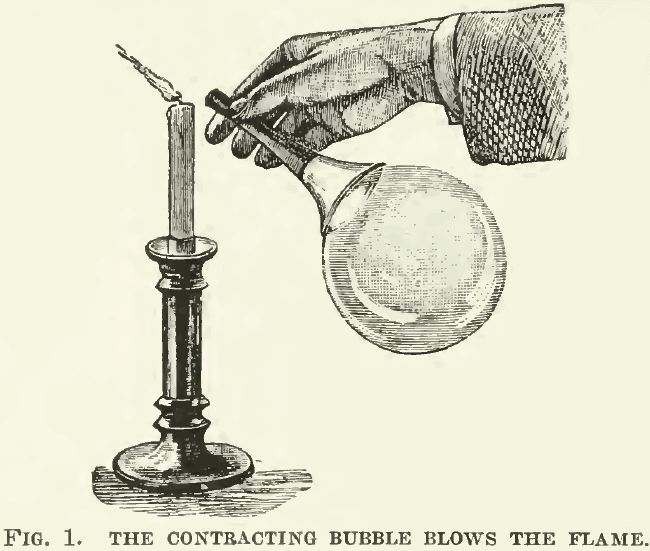
In a recent reminiscence my friend Ben Stanley Revett has recorded how he bet “a bottle of bubbles” with that peripatetic philosopher Thomas F. Criley, the partner of Carrie Jane Everson in an oil process of concentration whereby the valuable sulphides were made to float above the worthless gangue in a pulp of crushed ore. […]
Sequential Copper–Lead–Zinc Flotation
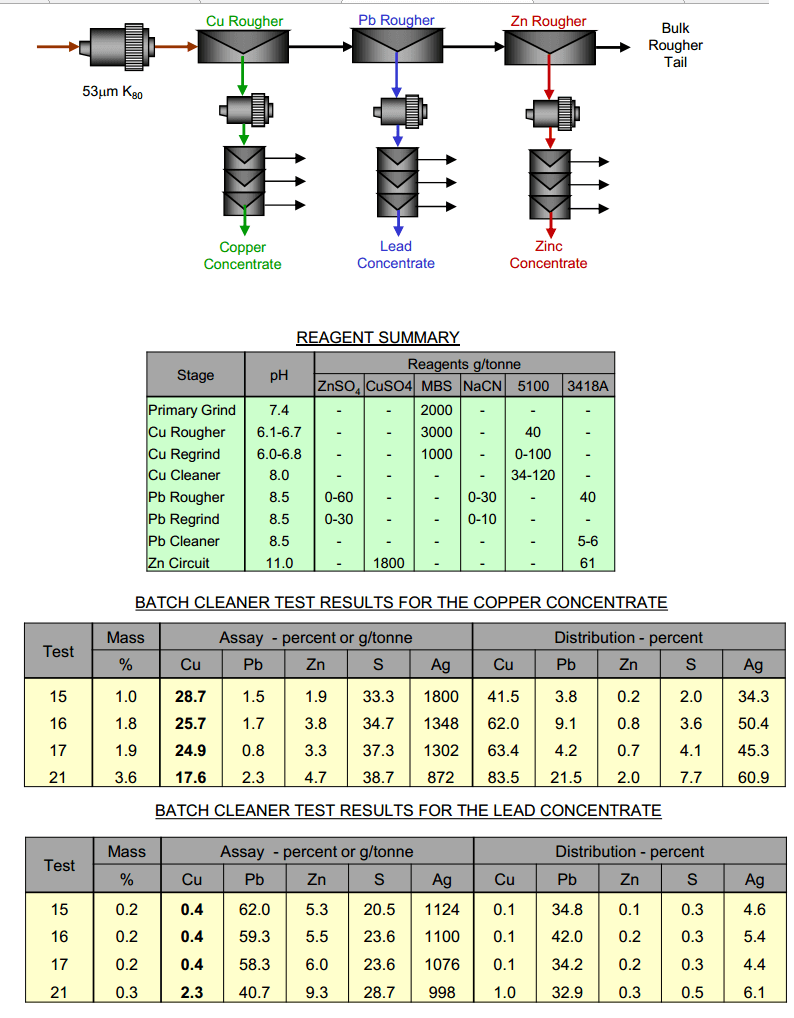
To improve the selectivity between copper and lead, a sequential copper-lead-zinc rougher circuit was tested. Each of the rougher circuits had a dedicated regrind and cleaner circuit. The advantages of the sequential circuits are that the levels of selectivity can be increased, particularly for copper and lead. With this process, copper was recovered first with MBS depression of lead, […]
Clarkson Liquid Reagent Feeders
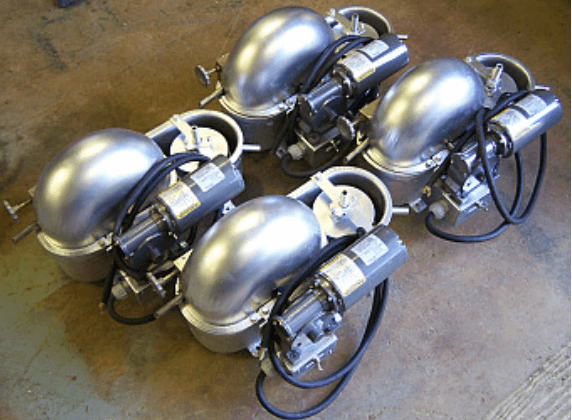
Original Clarkson Feeder Clarkson Feeders Clarkson Reagent Feeder The Clarkson Company had once designed a combination drum and scoop type liquid reagent feeder, the largest size of which has a capacity rating of 2000 tons of dry ore per 24 hr. This will enable the feeder to take a large tonnage of initial feed and several […]
How Copper Affects Cyanidation & Leaching
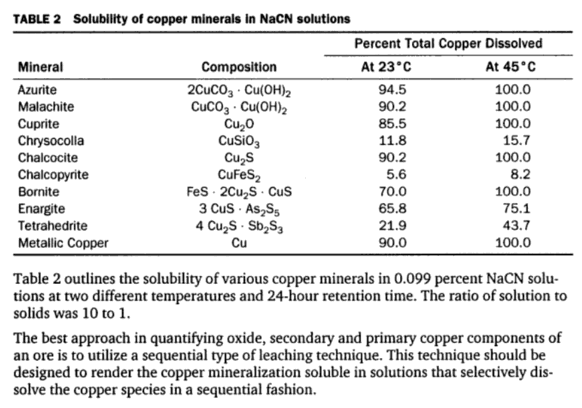
Many precious metal ores contain copper minerals in various amounts. These copper minerals dissolve in cyanide solutions to a greater or lesser degree depending on the particular copper mineral or minerals present, their fineness, and the dissolving effect of the cyanide solutions. In the process of dissolution the copper combines with, or as it is […]
Collectors Strength – Xanthate Family – Recovery Power
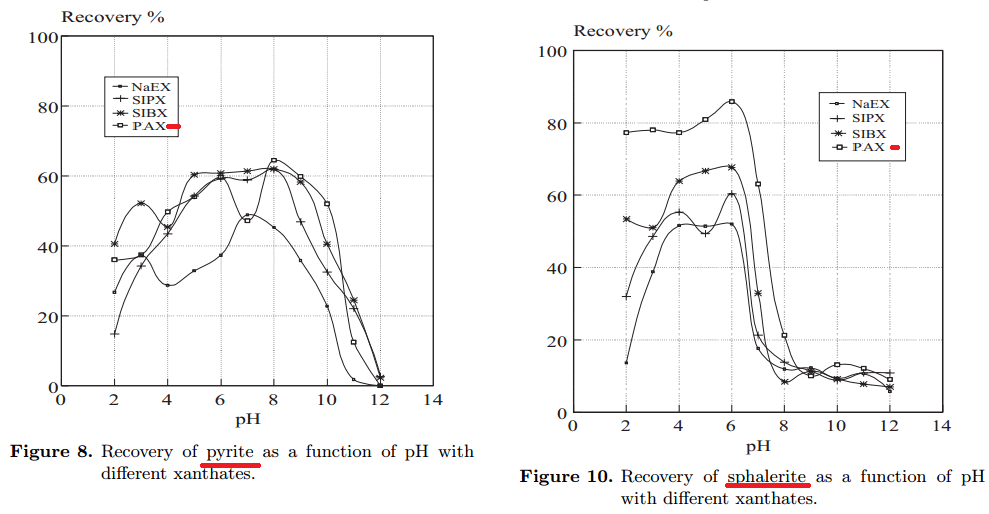
A little about collector strength and Xanthates: Some call it selectivity, I call it “how much do you put on”. Even the most selective collector can be rendered un-selective it you add enough. In reverse order of strength (strongest to weakest): PAX SIBX SIPX SEX Methyl Xanthate (uncommon) More about the collecting power of xanthate and […]
Column Flotation Model Overview

Although the model has been tested against only a limited amount of data the results shown in Figure 6 suggest that the model can be used to predict the flotation of fine particles in a column. The major advantage of the model is its ability to independently examine the influence of operational parameters on the […]
Compare Designer Collectors to FO Fuel Oil for Moly Flotation
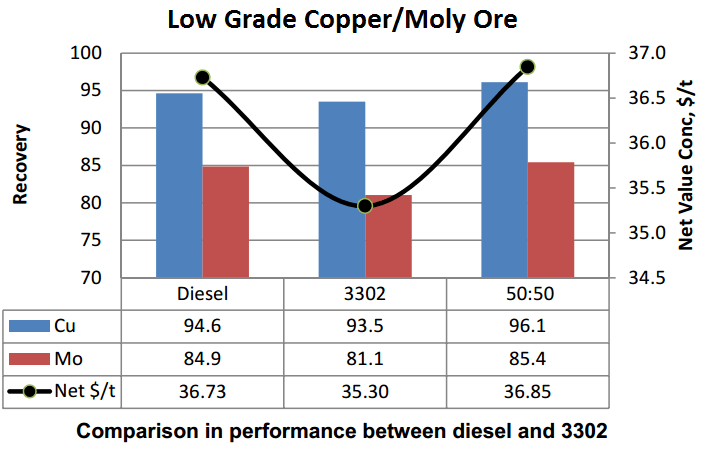
Are design or custom blends better than standard and cheaper fuel oil? Because of the high cost of the ‘designer or custom blend’ reagents, a test was run to determine the economical difference between 3302 and diesel. The evaluation was done with sulfide and transition ores, by treating a freshly prepared sample composite of both […]
Best Moly Collector Addition Point in Flotation | Grinding or Conditioning
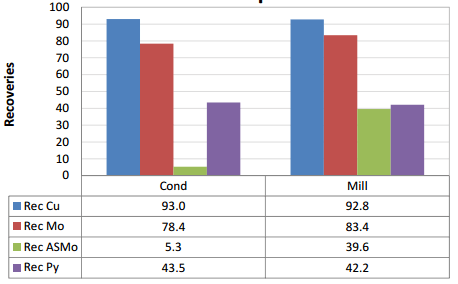
Where is Molybdenum best collected by its collector, Grinding or Conditioning? The protocols of the testwork were done such that a comparison could be made between adding the Moly collector at the milling stage versus the conditioning stage. As shown, the proper addition point for the Moly collector is at the grinding stage. The Moly recovery improvement is […]
